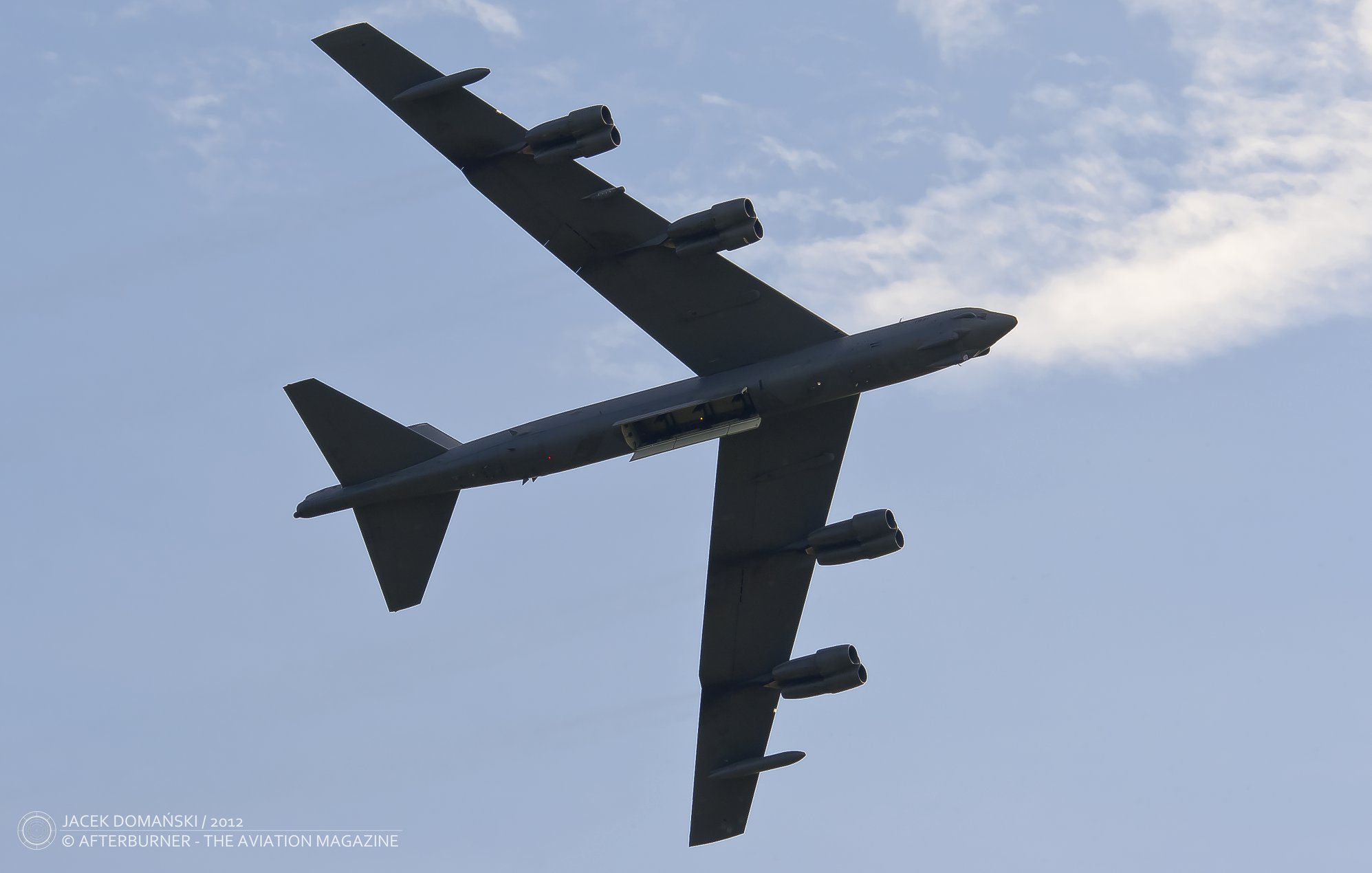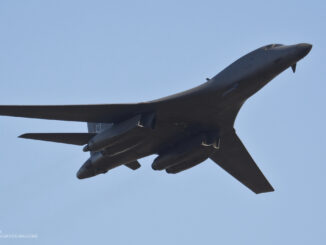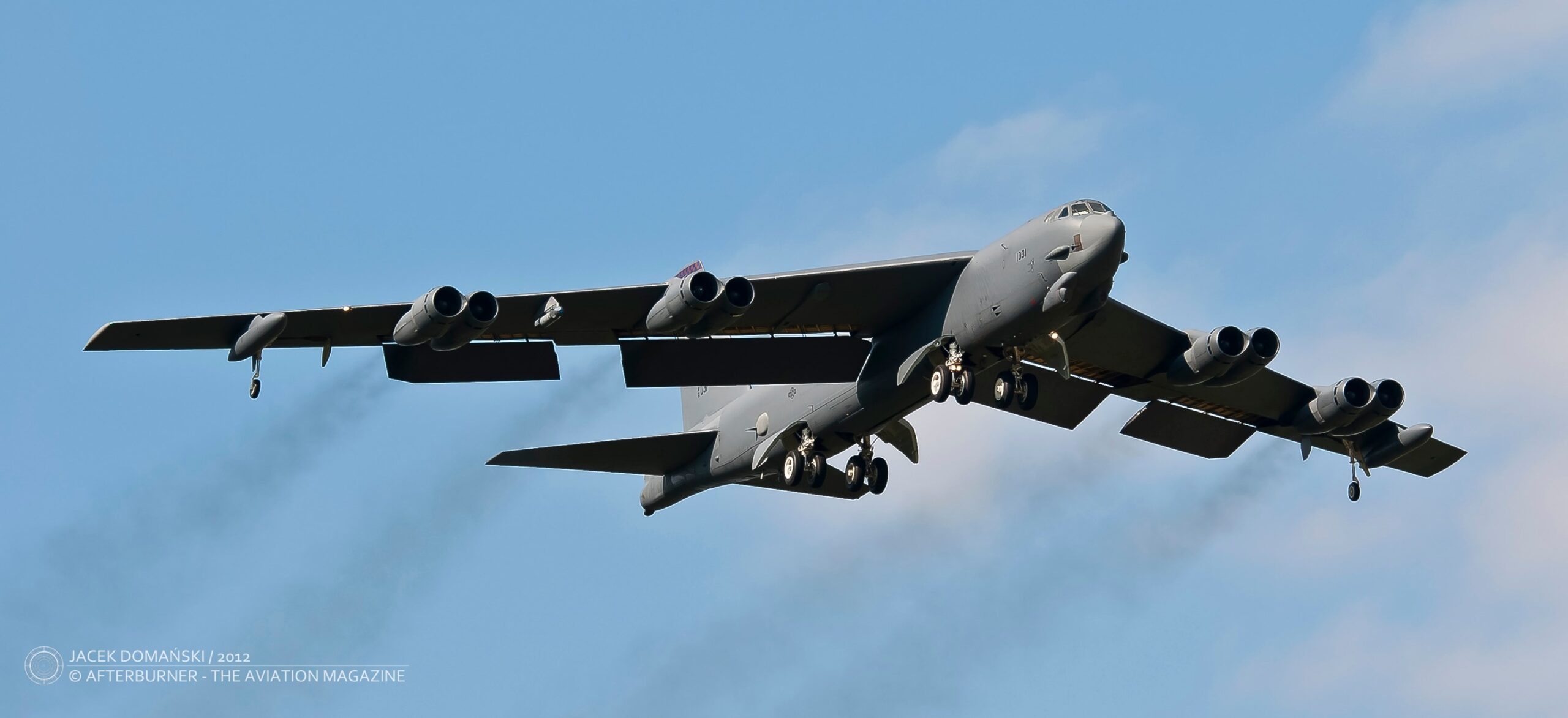
Goldsboro incident.
On 23rd January 1961, a USAF B-52G Stratofortress took-off from Seymour Johnson Air Force Base in Goldsboro, North Carolina, for a routine flight around the East Coast – and carrying two Mark 39 Mod 2 hydrogen nuclear bombs, 3.8 megatons each.
Around midnight, 23/24 January, the aerial re-fuelling was scheduled. At some point during the ongoing re-fuelling procedure, the tanker crew noticed a fuel leak on the right wing of B-52 bomber. The Stratofortress commander, Major Walter Scott Tulloch was informed, and the re-fuelling was aborted.
After reporting this situation to the ground control station, B-52 was designated a holding pattern over the Atlantic to burn out the excessive fuel. However, the leak was already so intensive, that the aircraft lost 17,000 kg (37,000 pounds) of fuel in just three minutes. B-52 was ordered to return to base immediately, but soon after, while descending on approach and approximately at 3,000 metres (10,000 feet), the crew lost control on the aircraft.
Tulloch ordered to abandon the aircraft and five crew members proceeded successfully. Unfortunately, the sixth one didn´t survive the parachute landing and two other stayed in B-52 and died when the bomber broke up a moment later and crashed approximately 19 kilometres north from Goldsboro. The remains of the aircraft covered an area of 5.2 square kilometres.
The details related to those two Mark 39 hydrogen bombs remained classified until 2013, but now we know the full story. Both bombs separated from B-52 when she broke up. First Mark 39 managed to deploy its parachute and was found standing on the ground with the parachute hanging on a tree. And it was almost fully armed – only one of four safety devices, the safe/arm switch, was in ´safe´ position and prevented the nuclear explosion.
Remains of the second bomb, that fortunately not exploded either, were found on a muddy field, with some parts plunged deep beneath the ground. This bomb was armed too, including the switch being in ´arm´ position. Just the high-voltage switch, that remained open was the only reason the second Mark 39 did not explode.
Due to ground-water flooding, extraction of the second bomb was not possible. A few parts were recovered, however the component consisting thermonuclear load, including uranium and plutonium still remains in place.
It was later found that the crash was caused by the construction defect on B-52 wings and fuel tanks. In 2012, the town of Eureka, located approximately 5 kilometres from the crash site, erected a road sign, commemorating the ´Nuclear Mishap´.


